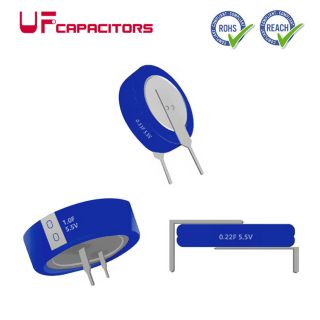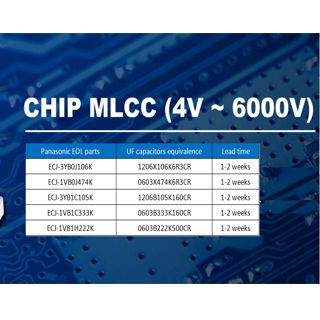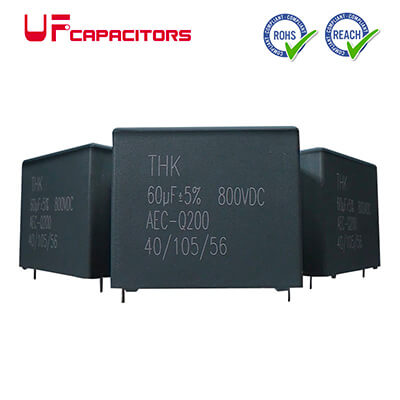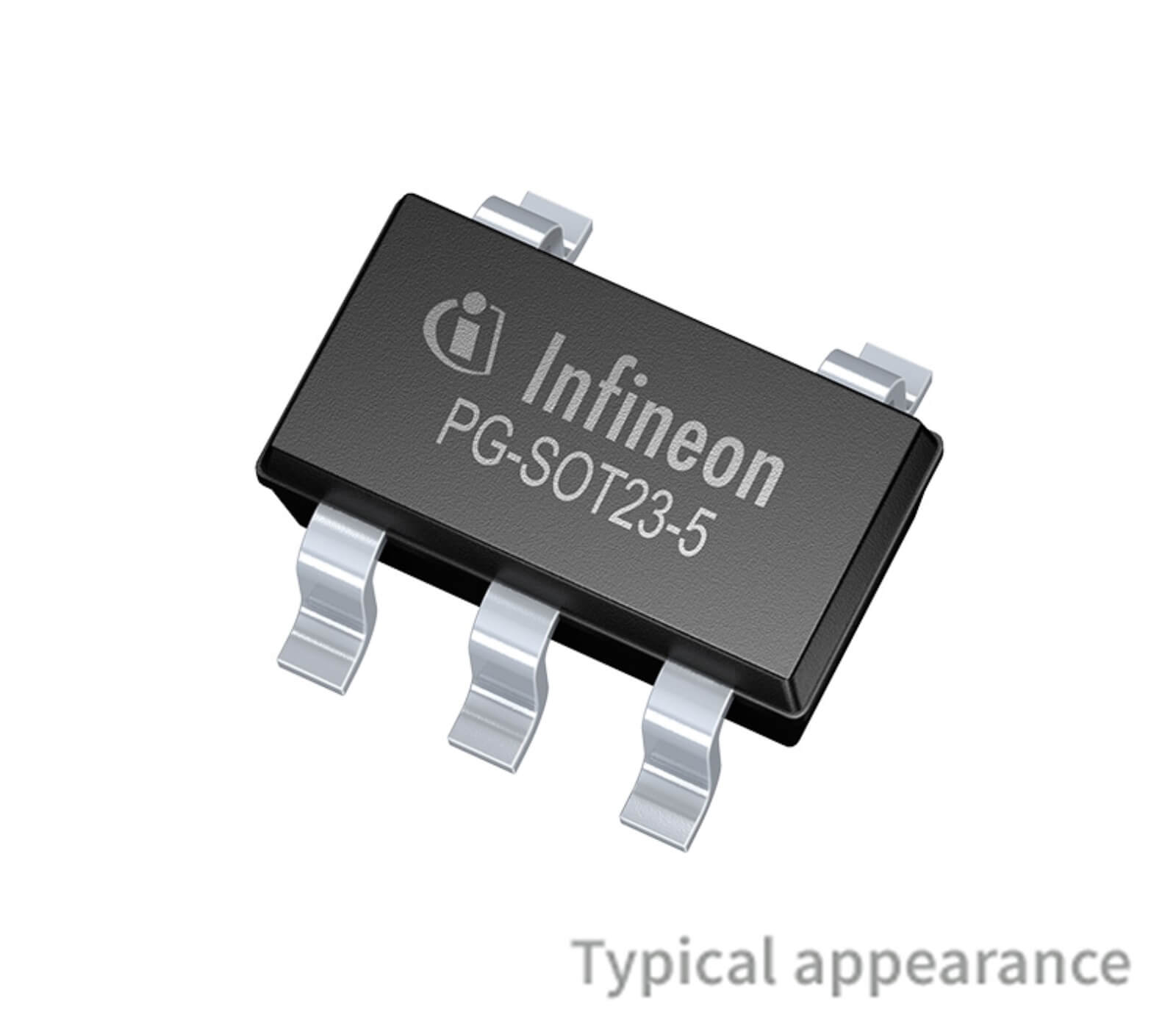Introduction
In today’s world of ever-fluctuating grid power, choosing the right mainline voltage stabilizer for home is essential to protect your entire household. A household mainline voltage regulator delivers consistent, reliable power from the moment electricity enters your home, safeguarding everything from lighting and HVAC systems to sensitive electronics and kitchen appliances. Whether you’re upgrading an older installation or building a new smart home, understanding how to choose a mainline voltage stabilizer will ensure maximum efficiency, safety, and long-term savings.
What Is a Mainline Voltage Stabilizer for Home?
A mainline voltage stabilizer for home is an advanced device installed at your home’s main power inlet. It actively monitors incoming voltage and uses built-in transformers or solid-state electronics to correct both under-voltage and over-voltage conditions. By maintaining voltage within a preset range (typically 220–240 V), a mainline power stabilizer ensures:
- Consistent Supply: Eliminates voltage spikes and drops before they reach your wiring.
- Centralized Protection: Guards all connected circuits and appliances from power fluctuations.
- Enhanced Safety: Reduces fire risk from overloaded wiring or short circuits.
Key Benefits of a Mainline Power Stabilizer
Long-Term Savings
Centralized regulation can extend the lifespan of wiring and major appliances, reducing repair and replacement expenses.
Whole-Home Protection
A mainline voltage stabilizer for home provides uniform voltage regulation across all circuits, eliminating the need for individual stabilizers on each appliance.
Reduced Equipment Failure
By stabilizing voltage at the source, you prevent premature motor wear, insulation breakdown, and electronic component stress in refrigerators, air conditioners, and smart home systems.
Lower Energy Costs
Stable voltage improves appliance efficiency, while minimizing energy waste due to under- or over-voltage conditions.
Improved Power Quality
A mainline stabilizer filters out electrical noise and transient surges, ensuring clean, reliable power for sensitive electronics.
Types of Mainline Voltage Stabilizers
| Type | Description | Best Use Case |
|---|---|---|
| Relay-Based Mainline Stabilizer | Uses electromechanical relays to switch transformer taps. | Cost-effective whole-home solution |
| Servo-Motor Mainline Stabilizer | Employs a servo motor for continuous, precise voltage correction. | High-load homes requiring accuracy |
| Static (Electronic) Mainline Stabilizer | Solid-state design with no moving parts, rapid response time. | Homes with delicate electronics |
| Digital Hybrid Mainline Stabilizer | Combines digital controls and servo mechanisms for premium performance. | Smart homes and high-end installations |
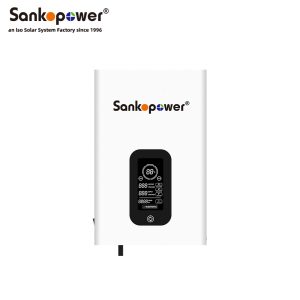
Installation and Maintenance Best Practices
- Professional Installation
- Always hire a licensed electrician to install your household mainline voltage regulator at the main service panel.
- Optimal Placement
- Mount in a cool, dry, and ventilated space near the main breaker to simplify wiring.
- Routine Inspections
- Monthly: Verify input/output voltage readings and indicator lights.
- Quarterly: Clean dust from air vents and cooling fans.
- Annual Load Testing
- Perform a full-load test each year to confirm the stabilizer handles peak demand without voltage sag.
- Keep Service Records
- Maintain a log of maintenance dates, voltage readings, and any service actions for warranty and troubleshooting.
Frequently Asked Questions (FAQs)
Q1: Can I install a mainline stabilizer myself?
No. A mainline voltage stabilizer for home involves high-voltage wiring and requires professional electrical certification to ensure safety and compliance.
Q2: Is a mainline stabilizer better than individual appliance stabilizers?
Yes. A single mainline power stabilizer offers centralized control, lower overall cost, and easier maintenance compared to multiple point-of-use stabilizers.
Q3: How long do these stabilizers last?
With proper maintenance, relay-based models can last 5–7 years, while servo and static models may last 8–12 years or more.
Q4: Do mainline stabilizers provide backup power during outages?
No. They regulate voltage but do not supply power when the grid fails. For backup power, consider integrating with a generator, UPS, or home battery system.

